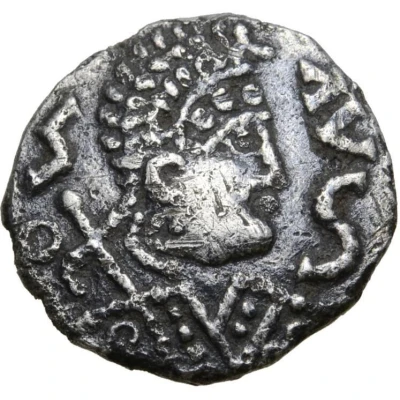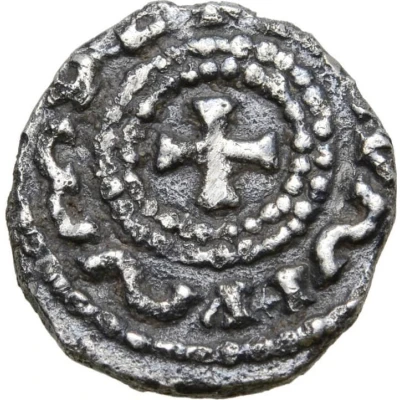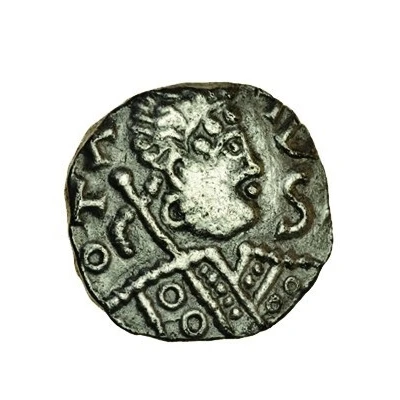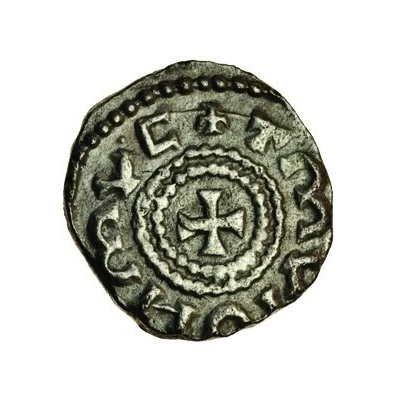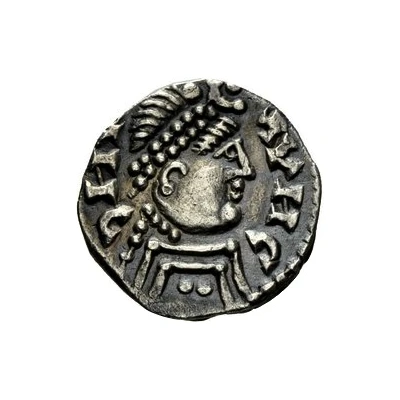
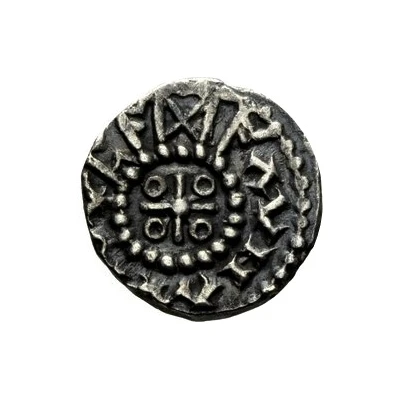

© Classical Numismatic Group, Inc.
Sceat 'Pada'; Type III
| Silver | 1.13 g | 12 mm |
| Issuer | Early Anglo-Saxon (Kingdoms of British Isles and Frisia) |
|---|---|
| Type | Standard circulation coin |
| Years | 675-685 |
| Value | 1 Sceat |
| Composition | Silver |
| Weight | 1.13 g |
| Diameter | 12 mm |
| Shape | Round (irregular) |
| Technique | Hammered |
| Orientation | Variable alignment ↺ |
| Demonetized | Yes |
| Updated | 2024-10-09 |
| Numista | N#102849 |
|---|---|
| Rarity index | 95% |
Reverse
Cross over saltire, arms terminating in annulets, pellet in centre.
Script: Runic
Lettering: ΛVNΛV[...]
Comment
Early Anglo-Saxon (600-775), Sceatta coinage (c.675-c.760), Early transitional types by Thrymsa moneyers (c.675-c.685).Sceat, 'Pada', Type III, as post-Crondall type but silver. Abr. 1
Interesting fact
One interesting fact about the Standard circulation coin Sceat ('Pada'; Type III) (675-685) from Early Anglo-Saxon (Kingdoms of British Isles and Frisia) made of Silver weighing 1.13 g is that it features a unique blend of Christian and pagan elements in its design. The coin's obverse (front) side features a cross, which symbolizes the Christian faith, while the reverse (back) side features a depiction of a bird, which is a common motif in pre-Christian Anglo-Saxon art and symbolizes the connection to the natural world. This blending of religious symbols reflects the cultural and religious shifts that were taking place in Early Anglo-Saxon society during this time period.
